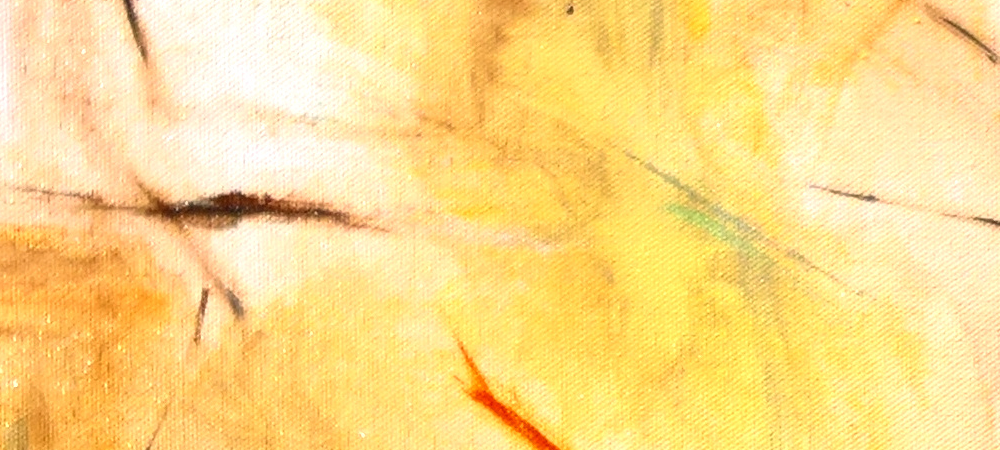Plein air painting, also known as outdoor painting, is a captivating art form that captures the beauty of nature, landscapes, and outdoor scenes. This artistic practice has a rich history dating back to the 19th century and has been embraced by countless artists worldwide. In this article, we’ll explore some famous plein air artists who have made significant contributions to this genre, their techniques, and the impact of their work on the art world.
The Pioneers of Plein Air
The Barbizon School
The Barbizon School, a group of visionary artists in France, played a pivotal role in popularizing plein air painting. Led by Charles-François Daubigny and Théodore Rousseau, these landscape painters ventured outdoors to depict the ever-changing appearance of light and nature. They broke away from the traditional studio setting, embracing the challenges and visual limitations of painting en plein air.
The Invention of Paint Tubes
Before the mid-19th century, artists had to painstakingly prepare their paints from raw pigments, limiting their ability to paint outdoors. However, the invention of paint tubes in 1841 by American portraitist John G. Rand revolutionized the plein air practice. Painters could now carry pre-made paint tubes, offering flexibility and speed in capturing the fleeting outdoor scenes.
The Impressionists and Their Impact
The Impressionist Movement
One of the most influential art movements in history, Impressionism, was characterized by quick brushstrokes and the exploration of sunlight. Claude Monet, Pierre-Auguste Renoir, Alfred Sisley, and Frédéric Bazille were among the pioneering Impressionist artists. They sought to capture the changing light and atmosphere of their outdoor surroundings.
Claude Monet: Master of Light
Claude Monet, often hailed as a luminary of the Impressionist movement, stands as an iconic figure in the world of art. His remarkable series of paintings, including the famous “Haystacks,” serves as a testament to his unparalleled ability to capture the mesmerizing interplay of light and color in the natural world.
Monet’s dedication to the practice of plein air painting was unwavering. He embarked on a journey to depict not only the scenes before him but also the ephemeral magic of light as it transformed the landscape. What set Monet apart was his unrelenting commitment to portraying the same scene at various times of the day. Through this dedication, he masterfully revealed the ever-shifting nuances of light that danced upon his subjects.
In “Haystacks” and countless other works, Monet’s brushwork became a vehicle for the passage of time itself. With each stroke, he translated the effects of dawn, midday brilliance, and the gentle embrace of dusk onto his canvas. This deliberate exploration of temporal shifts in illumination allowed viewers to witness nature’s symphony, its harmonious play of color and luminosity.
Monet’s genius lay not only in his technical prowess but also in his ability to evoke a profound sense of connection between the observer and the scene depicted. When gazing upon a Monet masterpiece, one is not merely a spectator but a participant in the ever-changing spectacle of nature. Through his mastery of plein air painting, Claude Monet gifted the world with timeless works of art that continue to illuminate our understanding of the world around us.
Challenges and Rewards
Overcoming Studio Limitations
Plein air painting presented artists with unique challenges, including dealing with environmental factors such as wind and rain. These challenges pushed artists to adapt to their surroundings, resulting in a more authentic portrayal of nature and landscapes.
The Plein Air Experience
Despite the visual limitations and occasional setbacks, plein air painting offers a profound artistic experience. Artists must carefully choose which details to include in their artwork, making every stroke count and creating a genuine connection with the scene before them.
Contemporary Plein Air Artists
Today, the tradition of plein air painting continues to thrive with contemporary artists exploring new techniques and styles. Many artists showcase their plein air works on platforms like Artfinder, inspiring others with their stunning landscape paintings.
Conclusion
Plein air painting remains an art form that captures the essence and beauty of the outdoors. From the pioneers of the Barbizon School to the revolutionary Impressionists like Monet, the practice of painting en plein air has left an indelible mark on the world of art. As contemporary artists continue to embrace this tradition, the legacy of plein air painting lives on, celebrating the wonders of nature and the artistry of those who seek to portray it.
